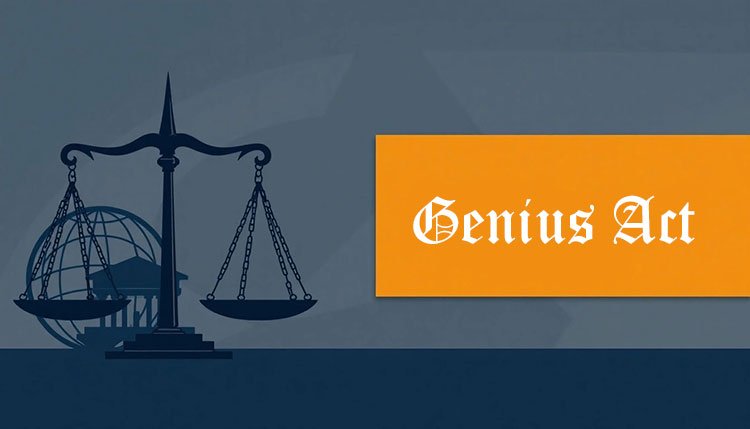U.S. Senate Approves Historic GENIUS Act for Stablecoin Oversight
In a decisive bipartisan move, the U.S. Senate passed the GENIUS Act (Guiding and Establishing National Innovation for U.S. Stablecoins) by a 68–30 vote

Washington, D.C. — In a decisive bipartisan move, the U.S. Senate passed the GENIUS Act (Guiding and Establishing National Innovation for U.S. Stablecoins) by a 68–30 vote, establishing the nation's first federal regulatory framework for stablecoins, paving the way for their integration into mainstream financial infrastructure
Key Provisions of the GENIUS Act
1:1 reserve backing: Issuers must collateralize every stablecoin with U.S. dollars or short-term Treasuries (≤ 93 days maturity)
Transparency & audits: Monthly disclosures of reserve holdings and annual audited reports for large issuers (over $50 billion in circulation)
Consumer safeguards: Legal redemption rights and priority ranking for stablecoin holders in issuer bankruptcy scenarios
Ethics rules: Ban on stablecoin issuance by members of Congress and their families—though controversially not extending to the presidential family, who have crypto ties
Regulatory dual-track: Nonbank issuers under $10 billion can opt for state oversight if they meet federal standards; larger or federally chartered issuers fall under federal supervision
Limits on yield-bearing coins: Prevents stablecoins from offering interest—ensuring backing is in non-yield-bearing assets only
Bipartisan Support & Political Context
Sponsored by Sen. Tim Scott (R‑SC) with backing from Senators Bill Hagerty (R‑TN), Kirsten Gillibrand (D‑NY), Cynthia Lummis (R‑WY), and Angela Alsobrooks (D‑MD), the bill emerged after intensive bipartisan deliberation
While Democrats like Elizabeth Warren criticized the bill for not fully addressing conflicts of interest—particularly concerning President Trump’s family crypto ventures—it still passed with 18 Democratic votes
President Trump’s public push to pass the GENIUS Act before the August recess, and his ties to stablecoins (e.g., USD1 from World Liberty Financial), added urgency
The Senate’s version now goes to the House, where lawmakers may need to reconcile it with a competing STABLE Act prior to final enactment
Market & Financial Ecosystem Impacts
Surge in Crypto & Finance Stocks
Coinbase shares leapt ~17%, closing at $297.44, driven by optimism over stablecoin regulation—their second-largest revenue stream after trading
Circle Internet Group, issuer of USDC, soared around 27–34%, pushing its market cap to $32.8 billion post-IPO
Treasury & Interest Rate Dynamics
Citigroup estimates stablecoins could drive up to $1.2 trillion in Treasury holdings by issuers by 2030, given market growth to $1.6 trillion
BIS research suggests increased demand for short-term Treasuries may lower yields—but could also increase volatility during sudden outflows
Treasury Secretary Scott Bessent noted potential gains in lowering federal borrowing costs, even as BIS warns of possible interference with Fed monetary control
Boost for Traditional Finance Entry
Clear federal regulation encourages banks and fintechs to experiment with issuing or using stablecoins for payments, cross-border transactions, and real-time settlement
Special Purpose Depository Institutions (SPDIs) are empowered to operate nationwide, offering fintechs like Kraken new opportunities—albeit raising competitiveness and systemic-risk concerns for traditional banks
Next Steps & Timeline
The House may vote before its August recess, risking delays if considered alongside the STABLE Act
Should both chambers pass differing versions, a conference committee will reconcile them—likely extending the timeline into late 2025.
Postenactment, a 180-day regulatory implementation window means federal rules could be active by early 2026, with Treasury, Fed, FDIC, and OCC oversight systems established
Why It Matters
Represents first-ever comprehensive U.S. regulation for stablecoins—legitimizing an emerging asset class.
Could reshape demand for U.S. Treasuries, potentially affecting national borrowing and monetary policy.
Paves the way for broader institutional adoption, linking legacy financial systems to crypto rails for more programmable and 24/7 payments.
Signals heightened geopolitical and policy focus on digital assets, inviting global comparisons and competitive positioning.






















